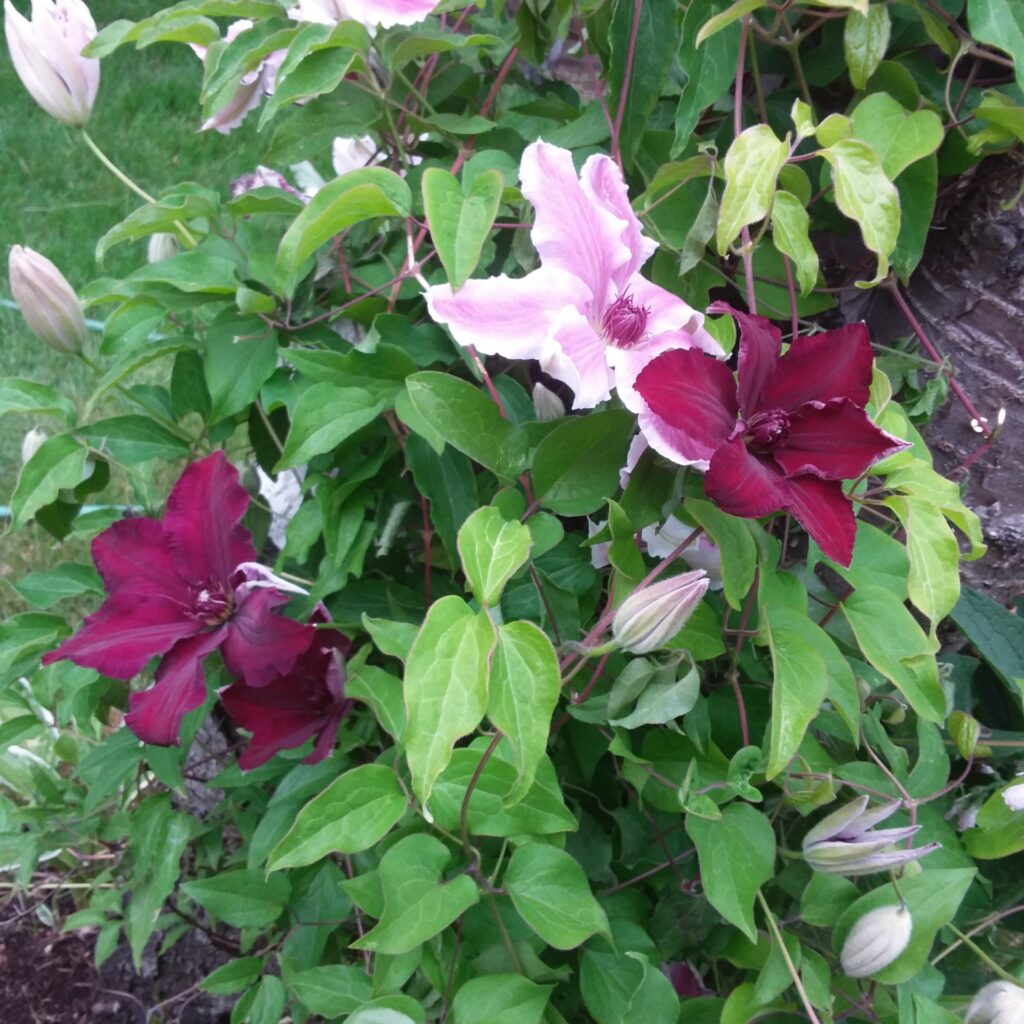About three years ago we moved to a community with a high percentage of retirees. And even those people who haven’t retired talk excitedly about the day they’ll finish working and punching a clock.
The upside of an artistic life is having the freedom to set our own schedules. We are our own bosses. But distractions abound, those we create and those created by others, and those distractions can make it hard to maintain a creative routine. It’s taken me a few years of living here (and getting sidetracked more than I care to admit) to finally recognize that I do best with some structure in my life. That realization led me to think more carefully about structure – the role it plays in life and art, why we need it, and how we ignore it at our peril.
Structure is, by definition, something arranged in a specific pattern of organization. Its role is to contain or hold something so it’s not all over the place. Structure can act as a framework, or it can be an arrangement of parts, acting as a support or even protection.
A structure can be a skyscraper or a shed, our bodies, or a sentence. A rose needs the structure of a cane for support. Bread dough rises higher when it’s contained by the structure of a bowl or basket. Novels depend on structure to tell a story. A visual artist depends on the structure of the canvas to hold her medium. And many psychologists tell us that humans, particularly children, need structure and routine. While acknowledging that holidays and regular breaks are important for our health, they say a significant lack of structure on an ongoing basis can lead us to feel uncertain and unbalanced, even out of control.
That’s certainly been true for me.
Before we moved, my weekdays were fairly structured. I wrote every day, with the occasional Friday afternoon off. In gardening season, I’d write three or four days a week so I could get the garden in. I’d book weekday errands or appointments for my lunch hour so I could get back to my desk afterwards. While I wasn’t the most prolific writer, I was consistent and productive.
Moving to a small town 45 minutes from a hub city changed everything. I now needed several hours, sometimes half a day, if I had to drive in for weekday appointments. And though I made a few new friends who were creative types themselves and understood my need to protect my time, not everyone was accepting. Organized activities where I could network and meet new people frequently took place on weekdays. So, because I wanted to make connections, I made allowances. I found myself accommodating others and making appointments during prime writing time. My calendar began to fill with commitments. My routine was torpedoed. I began to feel unsettled. Uneasy. And I was disappointed, mostly in myself. Why, I wondered, couldn’t I juggle as well as I once did? I’d fit my writing around the schedules, activities, and demands of the kid for years and I loved having that flexibility. Why wasn’t it working for me now?
Because, I realized, the kids had something of a schedule – the school year – and I followed it. Now I was surrounded by people who had no structure to their days at all and were loving it. I was trying to follow suit because I wanted to connect and make new friends but my writing was suffering. I was suffering.
The truth is I crave and need structure. It’s how I’m wired. Just as a bowl provides the support for bread dough to develop and rise, having structure in my own life gives my creativity the support it needs to expand, grow, and flourish. Structure helps me stay focused. It gives my life balance and that, in turn, makes me calm and happy.
So, while the people around me might love the fact that they’re no longer punching a clock, I’m going back to punching one. But it will be a clock of my own making. One that blocks off three (four if I’m lucky) writing days a week, and leaves the other two days free for family, friends and fun. And the occasional run into the city for a pesky appointment.
Wish me luck.














Comments